Can it be an old example of Stations of the Cross?
8 years ago
Featured Answer
Sort by:Oldest
Comments (26)
- 8 years agolast modified: 8 years ago
- 8 years ago
Related Discussions
FAQ #6 Can I Cross Plants
Comments (14)NOT bored at all.This is GOOD INFO. Most of the work I have done is with orientalis x hybredus better known as oriental hybreds. I can answer the querie about spots.In the oriental hybreds spots are a dominant trait. This means that if you use a spotted plant for either the pod parent (that is the one you take the seed from)or the pollen parent you will get a very high percentage of spotted offspring. If you want good clear colors from your crosses don't use a spotted parent. This year I am trying a few crosses that I have not done before. I have crossed lividus with argutifolius Janet Starnes. I like the pinkish color of lividus and the mottled spots of the leaves of Janet starnes. I crossed each with the other. I don't know which one is the pod parent of Sternii. Any comments/ideas appreciated. Back to spots.I forgot to mention that the intensity of spotting can be increased by crossing 2 spotted parents. I would like to cross the lividus that I have with niger but I dont have a niger that is good enough to bother. I have some ordered but they won't be shipped til it warms up in New York and since they are bare root, there will be no flowers till next year. Just another exercise in patience. My tibitanus is just coming through the ground now. I only have one but am going to try to aquire another one soon as I'm not crazy about selfing plants and I do want seed. Might have to cross it with something else. I tried crossing it with a pink oriental last year but the flower got botrytus and I had to cut it off. This year its outside not in a greenhouse. We'll see. JoAnn...See MoreGood example of two things to avoid in your remodel
Comments (29)Not a kitchen forum regular, I popped in to search for topics on the insinkerator instant hot water/filtered water dispensers (specifically looking for reasons ours might have needed replacement twice in less than ten years) and found this topic. We did a cosmetic update of our kitchen about ten years ago and replaced the tumbled marble tile backsplash with subway tile with a wide grout line. Our tiler, a woman in her 70's, came up with a pretty good way to finish off the backsplash going past the cabinets in a tricky corner: The photo is horrible quality---cell phone ten years ago. Eagle eyes will see a very tiny strip of green wall between the door moulding and the cabinets. This has since been painted the cabinet color :-)...See MorePropagation station (in water)
Comments (10)Update on how things are rooting. I finally got a padron pepper cutting to root! And a hydrangea. The jade plant was a fail. The rex begonia is a mystery - it doesn't seem to be doing much of anything right now. Padron pepper roots Hydrangea roots I naively thought that roots would come from the cut end of the hydrangea so I didn't pay much attention to where the cuts were in contrast to the nodes. As you can see, the roots are coming out of the node so I could have cut this one a bit higher up. Both are now in soil and looking pretty good!...See MoreCOVID necessities: designing a disinfection station
Comments (24)I didn't bookmark it, but someone posted on Facebook a video of a young woman who had lived with and honest-to-goodness immune system disorder. Living with that, and then having what remained of her immune system destroyed so she could receive a bone marrow transplant, she had this advice: 1) Washing hands for 20 seconds was not even the minimum for her, more like 40 seconds, at least. Never touching her face, especially her eyes, nose and mouth. Washing before she ate, and all the other times one would normally do that. 2) Keeping the frequently touched areas of her home clean. That means cleaning counters, handles, the fridge, the oven, everything that's touched a lot, *then* disinfecting those things. 3) She stayed away from people she didn't know were healthy. I can't remember if she wore a mask, but it seems likely. These tactics kept her alive long enough to get a transplant and have it succeed. It seems if it worked for her, it would work for most people. It's not a matter of how long viruses "stick" to things. Forever. But viruses die. They die quicker on porous things that wick the moisture away (cloth, cardboard) than sweaty, sticky handrails. If I left groceries on my porch the larger beasties in nature (deer, raccoons) would be having a feast. I suppose they could stay in the garage, but chipmunk and squirrel droppings don't make the food more palatable. Obviously, refrigerated food needs to go there. If I saw another customer pawing at or picking over food, I'd tell the store management and let them deal with it....See More- 8 years ago
- 8 years agolast modified: 8 years ago
- 8 years ago
- 8 years agolast modified: 8 years ago
- 8 years ago
- 8 years ago
- 8 years ago
- 8 years ago
- 8 years ago
- 8 years ago
- 8 years ago
- 8 years ago
- 8 years ago
- 8 years ago
- 8 years ago
- 8 years ago
- 8 years ago
- 8 years ago
- 8 years ago
- 8 years ago
- 8 years ago
- 8 years ago
- 8 years ago
Related Stories

KITCHEN DESIGNTrending Now: 25 Kitchen Photos Houzzers Can’t Get Enough Of
Use the kitchens that have been added to the most ideabooks in the last few months to inspire your dream project
Full Story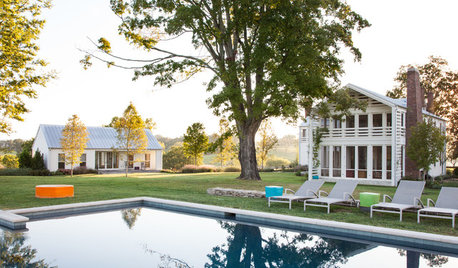
HOUZZ TOURSWe Can Dream: An Expansive Tennessee Farmhouse on 750 Acres
Wood painstakingly reclaimed from old barns helps an 1800s farmhouse retain its history
Full Story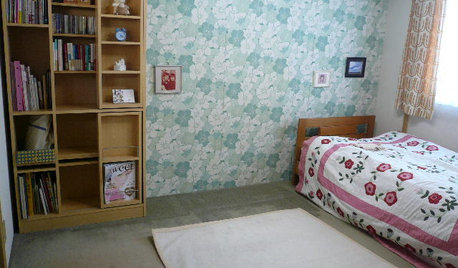
BOOKSCan Tidying Up Result in Life-Changing Magic?
Organizing phenom Marie Kondo promises big results — if you embrace enormous changes and tough choices
Full Story
FEEL-GOOD HOMEThe Question That Can Make You Love Your Home More
Change your relationship with your house for the better by focusing on the answer to something designers often ask
Full Story
SMALL HOMESCan You Live a Full Life in 220 Square Feet?
Adjusting mind-sets along with furniture may be the key to happiness for tiny-home dwellers
Full Story
BUDGET DECORATINGThe Cure for Houzz Envy: Living Room Touches Anyone Can Do
Spiff up your living room with very little effort or expense, using ideas borrowed from covetable ones
Full Story
HOME OFFICESThe Cure for Houzz Envy: Home Office Touches Anyone Can Do
Borrow these modest design moves to make your workspace more inviting, organized and personal
Full Story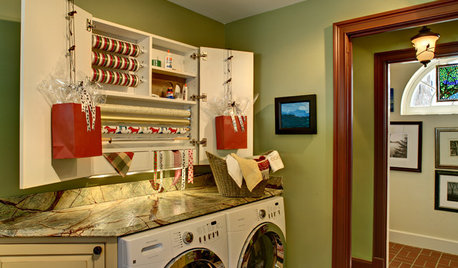
HOLIDAYS9 Ultimate Gift Wrapping and Crafts Stations
Ribbons spooling through an open door; colored paper nipping at your nose — workstations like these make the holiday season even brighter
Full Story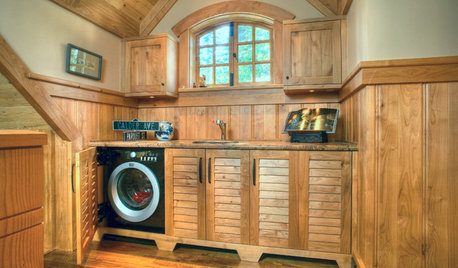
LAUNDRY ROOMSClever Ways to Hide a Laundry Station
When you don’t have a whole room to devote to the wash, use these solutions to tuck the machines out of view
Full Story
KITCHEN DESIGNHot Ideas and Tips for Coffee and Tea Stations
Let options like drawer inserts and built-in coffeemakers percolate now, so your hot-drinks station can best serve holiday guests
Full Story


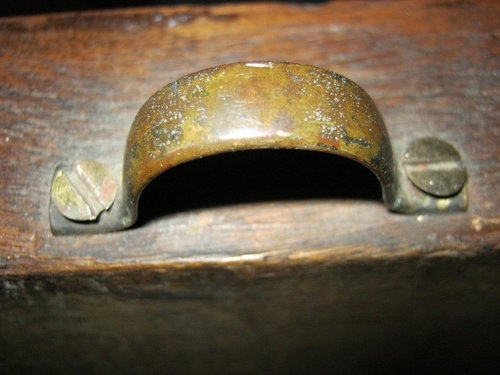
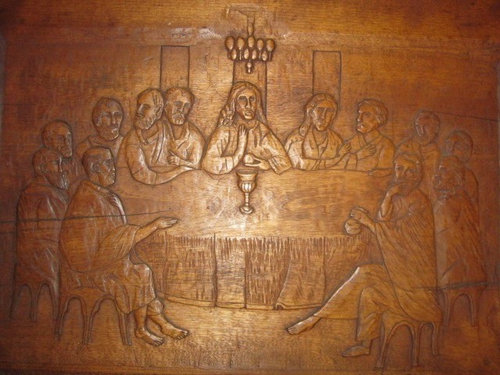

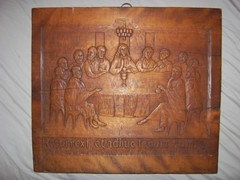

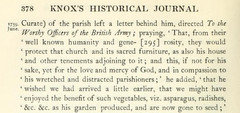

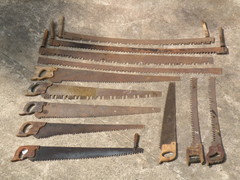
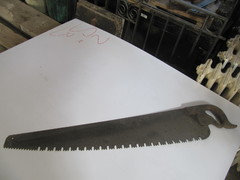
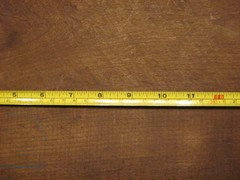



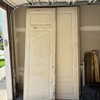
linnea56 (zone 5b Chicago)